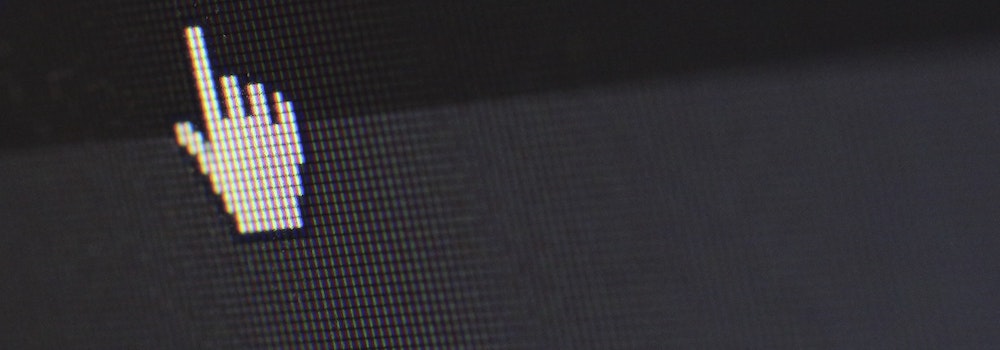In today’s world, porn is ubiquitous and freely available online.
Sure, you still have to be 18 to buy it in a store. But if you’ve got a laptop, tablet, smartphone, or any other internet-enabled device, you can access, with no barriers whatsoever, pretty much any type of sexual content you’re interested in. There are porn sites galore, access is usually free, and there are no age-checks to limit access.
Back in the pre-Internet days of yore, if you wanted to look at pornography, you had to buy a magazine at a gas station or skulk into an adult bookstore or porn theater. And even with that, your options were generally quite limited. Almost all of the available porn was geared toward heterosexual men. If you bought every magazine in the store, you’d get maybe 100 images total. And if you went to the adult bookstore or porn theater, you watched whatever was available.
Things changed a bit in the 1980s and 90s with cable TV and VHS tapes. Suddenly, people could enjoy softcore (aka, Skinemax) on late-night cable. They could rent VHS porn at the local mom and pop video store. And generally mom and pop gave us a bit more variety, so viewers could find kink, fetish, group, and same-sex offerings. But still, access to porn was limited and somewhat expensive.
Somewhere in the mid-90s, home internet became a thing, mostly driven by what techies referred to as ‘killer apps.’
Killer apps are services that people suddenly feel they can’t live without. And what were those killer apps, you may ask? Email? Access to rudimentary video games? The ability to share information in real-time with academics, researchers, and fellow workers?
No, no, and no again.
The killer apps were AOL chat rooms and easy, anonymous, affordable access to porn of every ilk imaginable. If you’re old enough to remember the rush of hearing “You’ve got mail” or the sound of a screechy modem as a porn image scrolled onto your computer screen one pixel-line at a time, then you know what a sexual sea-change this was. Suddenly, we had unprecedented access to sexual content and contacts. And boy, did some of us ever go nuts with that.
Today, of course, AOL and screechy modems seem antiquated and quaint. Because they are.
Who wants text chat when we can sext, schedule sex via hookup apps, and mutually masturbate via webcam? Who wants a screechy modem downloading images one line at a time when we can instantly watch an endless supply of videos of whoever and whatever turns us on? Heck, we can even ‘direct’ the action by interacting with live sex performers via webcam. And if we want the porn experience to feel more real, we’ve got virtual reality headsets along with an increasing number of 360-degree vids and performers.
So yeah, it’s a whole different universe of porn these days.
In fact, we’re in the midst of what I can only describe as an online porn explosion. And no, I’m not exaggerating when I use the word explosion. In their 2012 book, A Billion Wicked Thoughts, researchers Ogi Ogas and Sai Gaddam write:
In 1991, the year the World Wide Web went online, there were fewer than 90 different adult magazines published in America, and you’d have been hard-pressed to find a newsstand that carried more than a dozen. Just six years later, in 1997, there were about 900 pornography sites on the Web. Today, the filtering software CYBERsitter blocks 2.5 million adult Web sites.
If that doesn’t qualify as an explosion, I don’t know what does. And Ogas and Gaddam performed their research all the way back in 2012—a couple of years before the proliferation of sexy selfies and videos that are now ubiquitous on social media and hookup apps.
Today, any person who’s interested can access an incalculable amount and variety of porn. The porn universe is just too big to measure.
It’s also clear that lots of people are accessing porn.
Ogas and Gaddam found, when they examined 400 million internet searches via Dogpile.com, a meta-engine that combines search results from Google, Yahoo, and Bing, among others, that 13.75% of all internet searches are overtly sexual in nature. That’s a whole lot of people looking at a whole lot of pornography.
Sadly, many of those individuals became compulsive/addictive with their porn use—a topic that will be explored in detail in futures posts to this site. In the interim, if you or someone you know is struggling with pornography, help is available via the free resource website SexandRelationshipHealing.com, and informed professional treatment is available at Seeking Integrity: Los Angeles.







